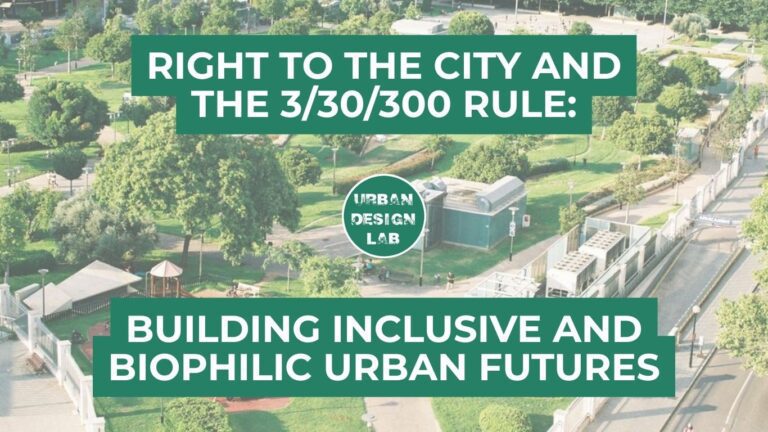
Building Healthier Cities: The Power of Biophilic Design
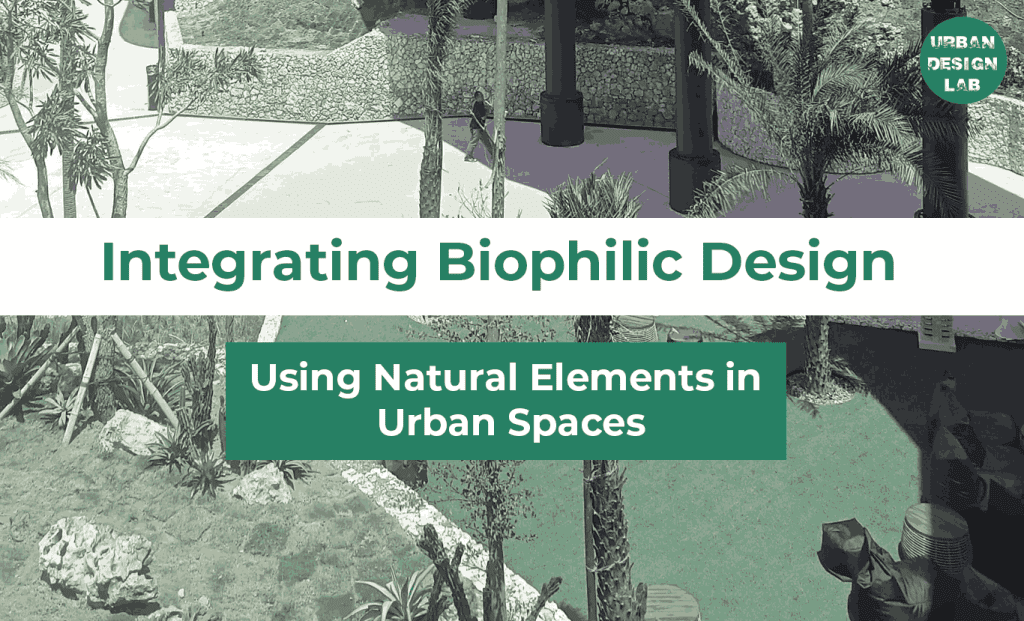
This article overall discuss the concept, principal and element application of Biophilic Design as Nature based element and solutions to support nature sustainability and comfortable to space user.
Introduction
In an era marked by rapid urbanization and technological advancement, the innate human connection to nature—known as biophilia—has become increasingly strained. Biophilic design emerges as a sustainable design strategy that seeks to restore this connection by integrating natural elements into the built environment. Pioneered by scholars like Edward O. Wilson (1984) and further developed by Kellert and Calabrese (2015), biophilic design emphasizes our inherent inclination to affiliate with nature.
Research has consistently shown that biophilic design has profound positive impacts on human psychology and social well-being. These benefits include stress reduction, enhanced cognitive function, increased well-being, faster healing rates in healthcare settings, and even a decrease in violence and crime. As urban spaces become our primary habitats, integrating natural elements is not just a design choice but a necessity for fostering healthier, more sustainable communities.
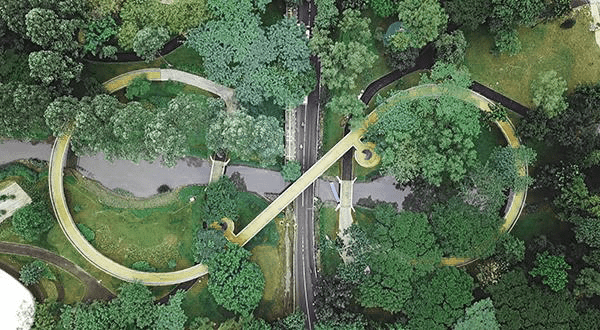
Nature Elements and Human Senses
Natural Light
Natural light is a fundamental aspect of biophilic design and plays a crucial role in human health and the vitality of natural ecosystems. Exposure to natural light regulates circadian rhythms, influencing sleep patterns, hormonal balance, and overall mood. In urban spaces, natural light provides orientation to the day-night cycle and seasonal changes, enhancing the spatial experience.
Designing urban spaces with ample natural light involves understanding sun paths and incorporating features like skylights, large windows, and open courtyards. Reflective surfaces and light-colored materials can amplify natural light, reducing the need for artificial lighting and conserving energy. Moreover, natural light enhances visibility, aids movement, and creates dynamic aesthetics through shadows and reflections, contributing to the overall ambiance of the space.
Air
Air quality and airflow are vital components of comfortable and healthy urban environments. Natural ventilation improves indoor air quality by reducing pollutants and controlling humidity levels. It enhances thermal comfort, reduces reliance on mechanical cooling systems, and promotes energy efficiency.
Biophilic design leverages airflow by strategically designing openings, such as operable windows, vents, and atriums, to facilitate natural ventilation. The placement and selection of vegetation also influence airflow patterns. Trees and plants can be arranged to direct breezes, provide shade, and create microclimates that enhance comfort in outdoor urban spaces.
Water
Water elements in urban spaces engage multiple human senses—sight, sound, touch, and even taste—and have a profound calming effect. The presence of water features like fountains, streams, ponds, and waterfalls introduces movement and sound, which can mask urban noise and create soothing environments.
Water bodies support local ecosystems by providing habitats for aquatic life and attracting birds and insects, thus enhancing biodiversity. Implementing rain gardens, green roofs, and sustainable drainage systems also contributes to water conservation and management, reducing urban runoff and mitigating flood risks.
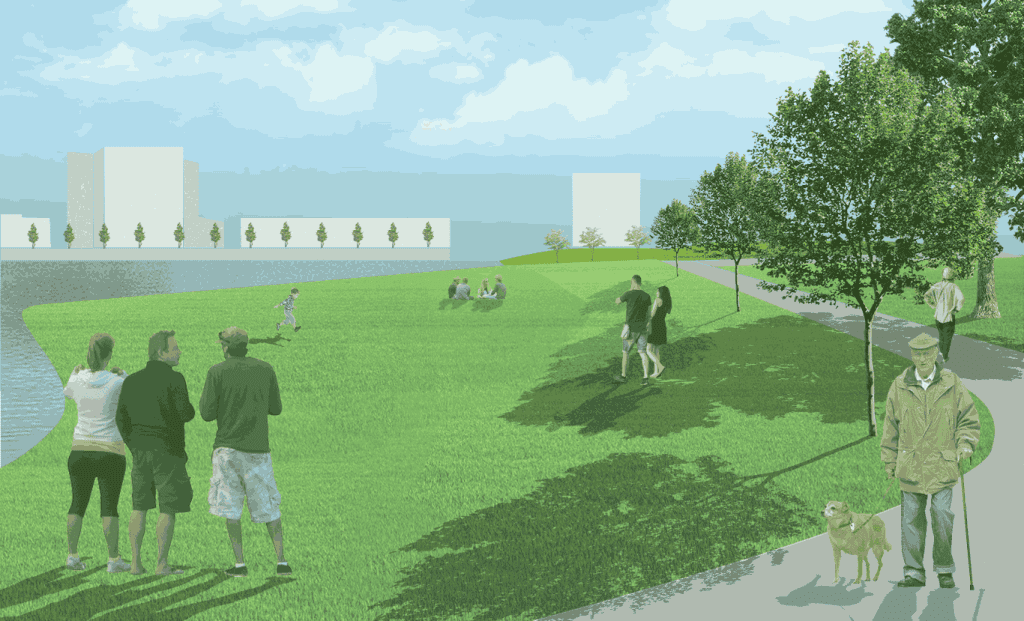
Source: author
Nature Elements and Life Atmosphere Featutres
Plants
The inclusion of plants in urban design is perhaps the most direct way to bring nature into cities. Vegetation improves air quality by filtering pollutants and producing oxygen. Green spaces reduce urban heat island effects, provide shade, and enhance aesthetic appeal.
Urban landscaping with diverse plant species, including flowering plants, shrubs, and trees, contributes to ecological diversity and resilience. Community gardens, green walls, and rooftop gardens offer opportunities for urban agriculture, education, and social interaction. Exposure to greenery has been linked to reduced stress levels, improved mood, and increased productivity.
Animals
Integrating habitats for urban wildlife enriches biodiversity and provides residents with opportunities to observe and interact with animals. Designing features like birdhouses, bat boxes, butterfly gardens, and fish ponds supports various species and creates dynamic, living environments.
These interactions with animals can enhance human well-being, foster empathy towards other living beings, and promote environmental stewardship. Careful planning is required to balance human-animal interactions and manage potential conflicts, ensuring that animal presence is harmonious with urban living.
Weather
Designing urban spaces that respond to weather conditions enhances the sensory experience and comfort of users. Features that provide shelter from rain, wind, or excessive sunlight make outdoor spaces more usable throughout the year. Incorporating elements like pergolas, canopies, and windbreaks, along with materials that adapt to temperature changes, creates environments that are both functional and connected to natural weather patterns.
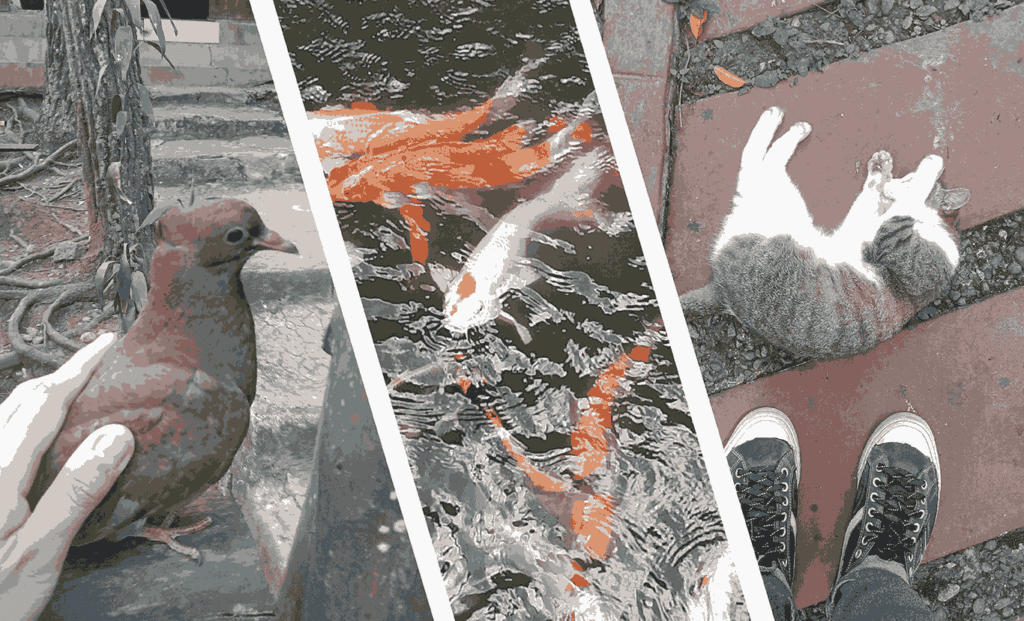
Source: author
Natural Ecosystem and Energy
Natural Landscape and Ecosystem
Preserving and incorporating natural landscapes within urban areas supports ecosystems and provides residents with accessible natural environments. Parks, wetlands, forests, and meadows within cities serve as vital habitats for flora and fauna, contribute to ecological balance, and offer recreational spaces for people.
Urban ecosystems perform essential services such as carbon sequestration, water purification, and soil stabilization. Designing with an ecological perspective ensures that urban development coexists sustainably with natural systems, enhancing resilience to environmental challenges like climate change.
Fire
While fire is a less common element in urban design due to safety concerns, controlled fire features like fireplaces and fire pits can create social focal points in outdoor spaces. They provide warmth, facilitate gatherings, and offer a primal connection to nature. Incorporating fire elements requires careful design to ensure safety and compliance with regulations, but when done correctly, they add a unique and engaging dimension to urban spaces.
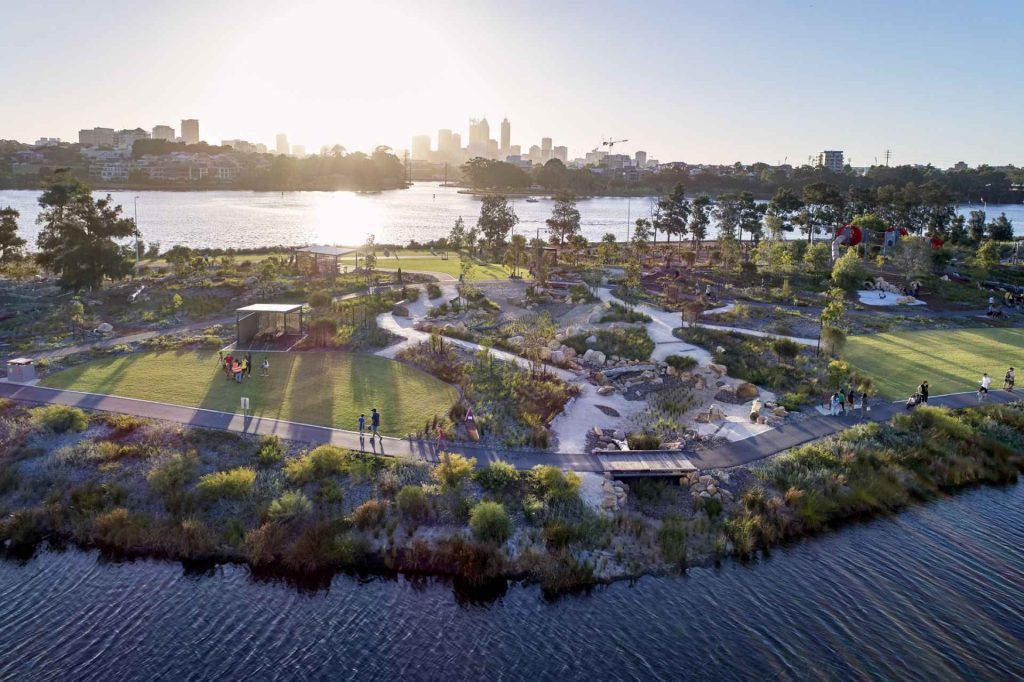
Image and Resource of Nature
Images of Nature
Visual representations of nature through art, murals, photographs, and sculptures can evoke biophilic responses even when direct access to nature is limited. These images can depict landscapes, wildlife, and natural phenomena, enriching the visual environment and stimulating emotional connections to nature.
Incorporating natural imagery in urban spaces and buildings can enhance aesthetic appeal, reduce stress, and improve cognitive function. Hospitals, schools, and workplaces often use nature images to create calming environments that support healing, learning, and productivity.
Natural Materials
Using natural materials like wood, stone, bamboo, and clay in construction and design brings textures, colors, and patterns inherent to nature into urban spaces. These materials often have tactile qualities and thermal properties that contribute to comfort and sensory engagement.
Natural materials are typically renewable and biodegradable, aligning with sustainability goals. They can also tell a story of place, reflecting local geography and cultural heritage. Incorporating them thoughtfully enhances the authenticity and environmental harmony of urban developments.
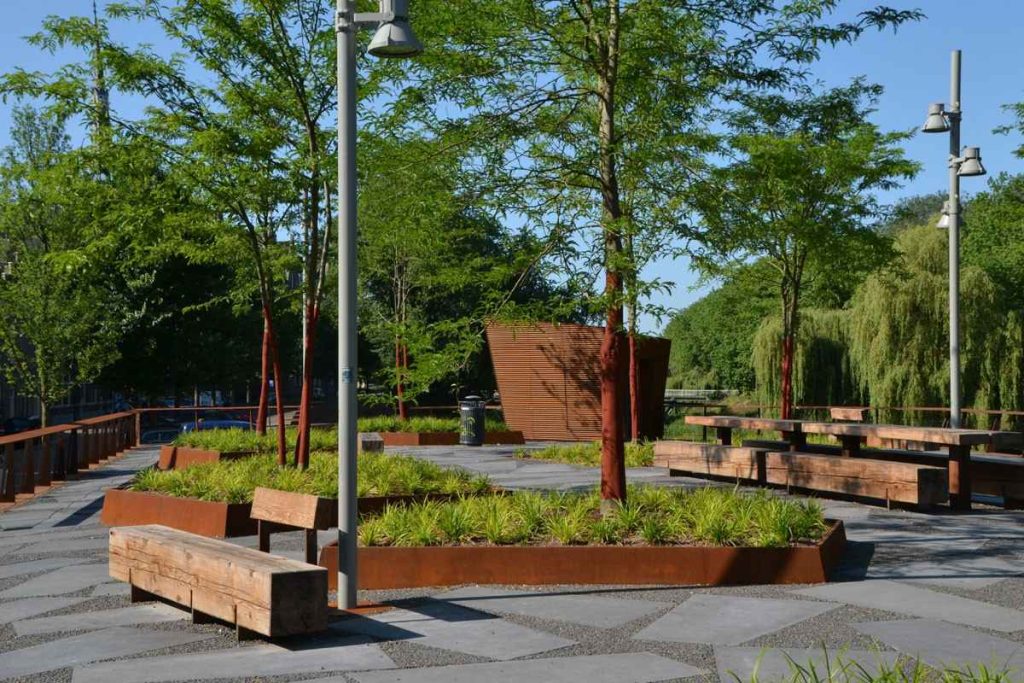
Colors, Light and Air of Nature
Natural Colors
Color schemes inspired by nature—such as earth tones, greens, blues, and natural neutrals—create harmonious and soothing environments. In urban design, selecting colors that reflect the local natural landscape can strengthen the connection between built and natural environments.
Colors influence mood and perception. Warm colors can energize spaces, while cool colors may promote relaxation. The strategic use of color enhances spatial experience and can guide movement, highlight features, or create visual cohesion.
Simulating Natural Light and Air
When direct access to natural light and ventilation is limited, design strategies can simulate these elements to some extent. Daylighting systems, light shelves, and reflective surfaces maximize available light. Indoor air quality can be improved with plants that filter air or with mechanical systems that mimic natural airflow patterns.
Simulating natural conditions supports circadian rhythms and contributes to occupant comfort and health. Incorporating technologies like dynamic lighting systems that change intensity and color temperature throughout the day can enhance these effects.
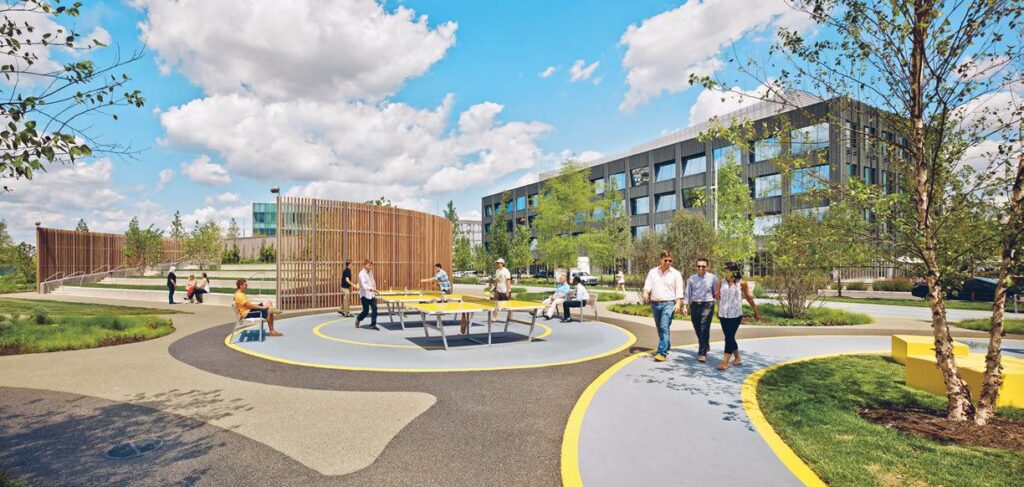
Nature Principal Shapes and Form as Natural Information
Naturalistic Shape and Forms
Architectural shapes and features in urban spaces that have natural characteristics can change a static space into a space that has a dynamic quality and helps represent nature, such as leaf or flower patterns on the roof or sun shading, columns and poles in the shape of tree trunks with wooden motifs.
Evoking Nature
The use of phenomenon-based design principles, the characteristics of natural forms in urban spaces can provide creative space and stimulate imagination for urban space users. for example the “wings” feature of the Sydney Opera House suggests the quality of a bird; The stained glass window in Notre Dame Church is shaped like a rose pattern.
Richness of Information
Diversity of elements nature in urban space design which is rich in information regarding materials, species, types of design elements, both natural and artificial, makes humans tend to respond positively to information-rich and diverse environments as a means of learning.
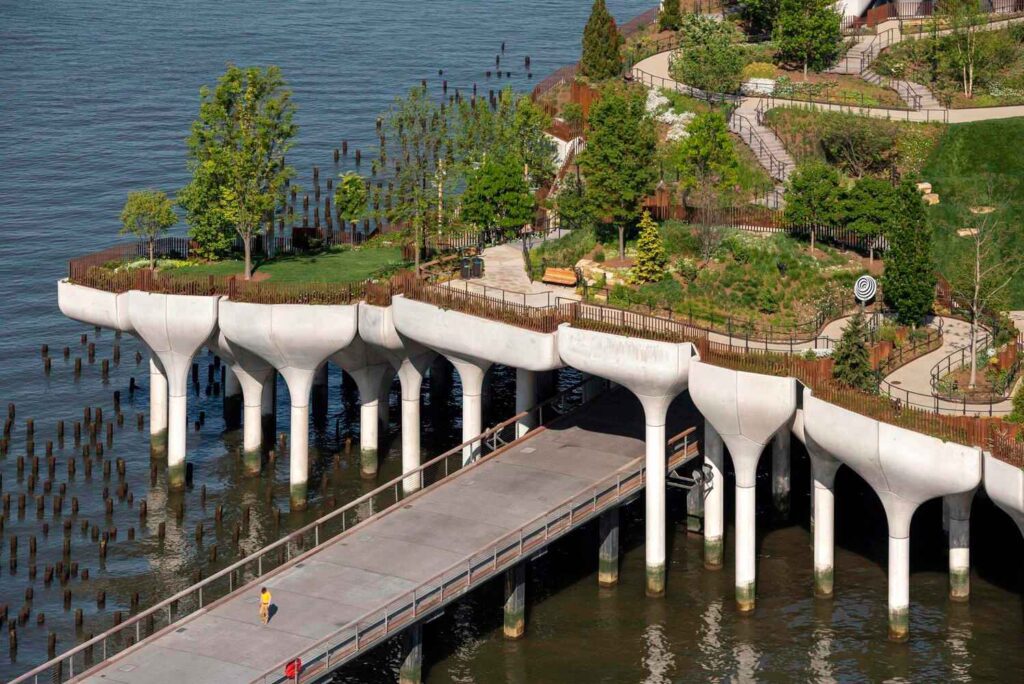
Represent Dynamic of Nature and Natural Phenomenon
Age change and the patina of time
Nature and dynamic natural life represent growth and aging. Design elements and materials in urban space that based on nature have the capacity to respond to changes that occur such as weathering, cracks, moss and are able to be adaptive along with changes that occur in each natural feature so that they become evidence of changing times and age.
Natural geometry
Nature geometry refers to mathematical properties commonly found in nature. This geometry tends to be organized like twists and turns, zig zags, repetitive or varied patterns representing nature and the surrounding environment.
Biomimicry
Biomimicry is a design concept which in its application refers to the form and function in nature of the features found in plant and animal species. Examples include bioclimatic control in termite mounds, the strength and shape of spider web structures, the heat-trapping ability of certain animal fur, the opening and closing of flower petals, the structure of bird nests and many more.
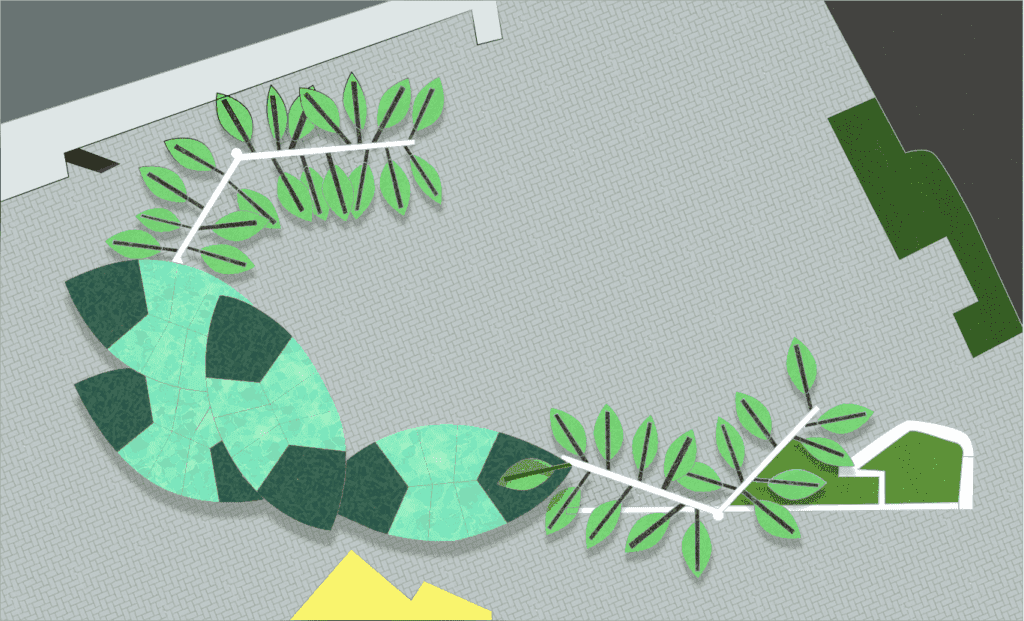
Source: author
Protective and Connection to Organized
Prospect and Refuge
The prospects and protection of biophilic design respond to and complement the evolving human. Prospect refers to environmental settings that allow people to see opportunities and dangers, while the protective aspect provides a place for safety and security for human users of urban space.
Organized Complexity
Complexity in the built environment indicates a lot of potential and opportunities for urban space locations. However, too much complexity can cause disorder. Variation and diversity in urban space need to be regulated so that it is organized and orderly .
Integration of Parts to Wholes
The pattern of urban space tends to have several different zones and spatial functions but are integrated with each other and have clear boundaries with a focal point that is the center of the space.
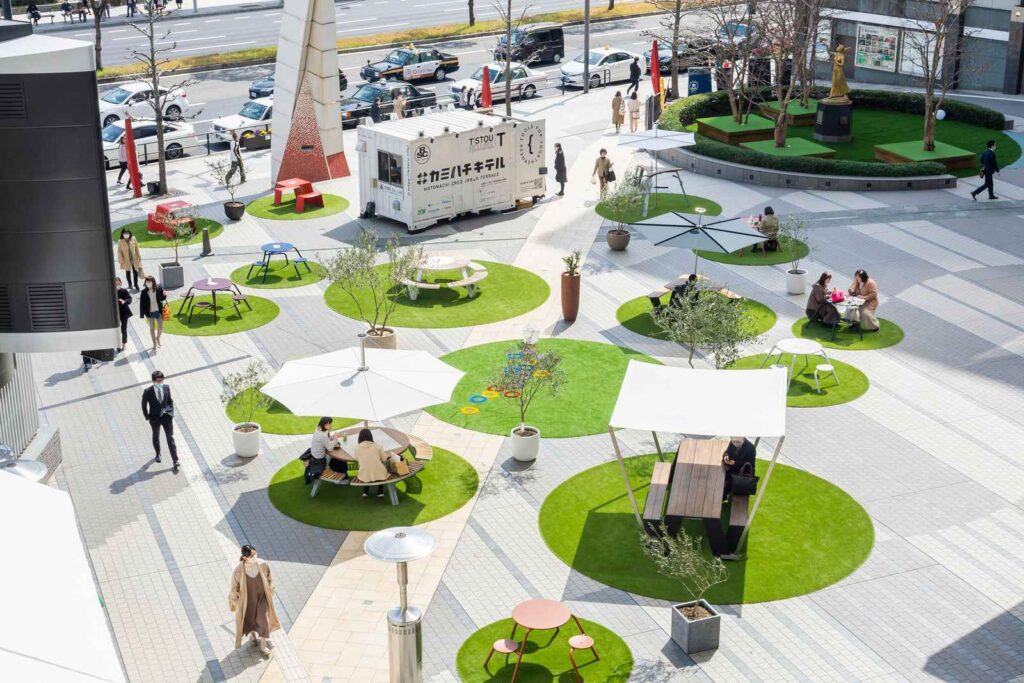
Easy Transition, Mobility and Attachment for Human Connection with Space
Transitional Space
Relationships between spaces in urban spaces that are easy to navigate have a high level of clarity and readability in transitions between spaces and zones by features such as rows of bollards, fences, porches, amphitheater and many more.
Mobility and Wayfinding
Easy and comfortable movement and mobility in urban space provides comfort and convenience for space users, incoming and outgoing circulation arrangements and paths that are easy to read and remember.
Cultural and Ecological Attachment to Place
Cultural and ecological attachment to an urban space often motivates people to preserve the natural and built environment. Attraction to familiar places reflects territorial tendencies that can be enhanced through cultural and ecological principles. Culturally relevant urban space design encourages connection with place and gives the impression that a setting has a distinct human identity. Human connection with the ecological aspects of a place can also foster emotional attachment, especially awareness of the preservation of local landscapes, native flora and fauna, and unique meteorological conditions.
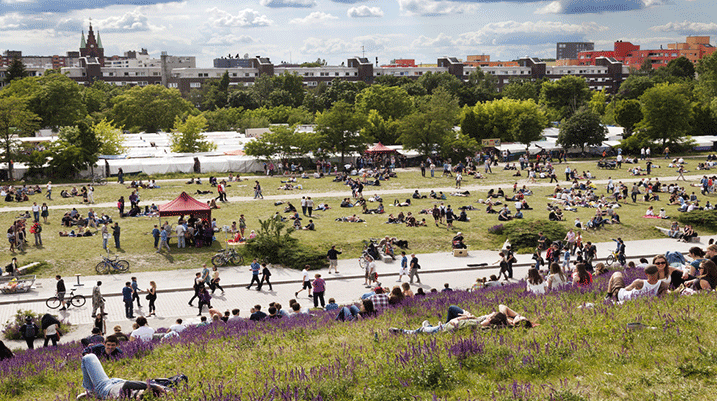
Conclusion
Integrating biophilic design principles into urban spaces bridges the gap between nature and the built environment, offering numerous benefits for both humans and ecosystems. By thoughtfully incorporating natural elements—light, air, water, plants, and animals—urban spaces become more than functional necessities; they transform into dynamic, health-promoting environments that nurture the human spirit.
Biophilic design fosters psychological well-being, supports biodiversity, and promotes sustainable practices. It encourages us to reconsider our relationship with nature, recognizing that human health and environmental health are deeply interconnected. As urbanization continues to grow, embracing biophilic principles will be essential in creating resilient, livable cities that honor the intrinsic bond between people and the natural world.
References
- Three. The practice of Biophilic design. (2019). Nature by Design, 23-110. https://doi.org/10.12987/9780300235432-004
- Kellert, Stephen & Calabrese, Elizabeth. (2015). The Practice of Biophilic Design.
- Ryan, C. O., Browning, W. D., Clancy, J. O., Andrews, S. L., & Kallianpurkar, N. B. (2014). Biophilic design patterns: Emerging nature-based parameters for health and well-being in the built environment. International Journal of Architectural Research: ArchNet-IJAR, 8(2), 62. https://doi.org/10.26687/archnet-ijar.v8i2.436
- Totaforti, S. (2020). Emerging Biophilic urbanism: The value of the human–nature relationship in the urban space. Sustainability, 12(13), 5487. https://doi.org/10.3390/su12135487
- Yassein, G., & Ebrahiem, S. (2018). Biophilic design in the built environment to improve well-being: A systematic review of practices. Journal of Urban Research, 30(1), 128-146. https://doi.org/10.21608/jur.2018.88412
- Africa, J., Heerwagen, J., Loftness, V., & Ryan Balagtas, C. (2019). Biophilic design and climate change: Performance parameters for health. Frontiers in Built Environment, 5. https://doi.org/10.3389/fbuil.2019.00028

Enrico Vincensius Yudistira Harryanto
About the author
Enrico Vincensius Yudistira Harryanto is Bachelor of Urban and Regional Planning from Kalimantan Institute of Technology , Balikpapan (Indonesia). He major and area of expertise and interest research and project in Urban Design and Architecture, Urban Landscape, Urban Conservation such as cultural heritage conservation, Smart City, Geographic Information System analysis and modelling. Enrico also have expertise in Graphic Design, Illustration, Photography adn Videography to support attractive data visualization, analysis and publication.
Related articles


Best Landscape Architecture Firms in Canada
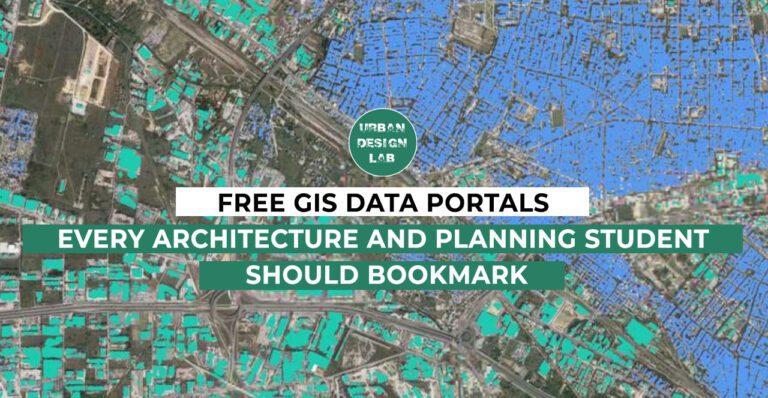
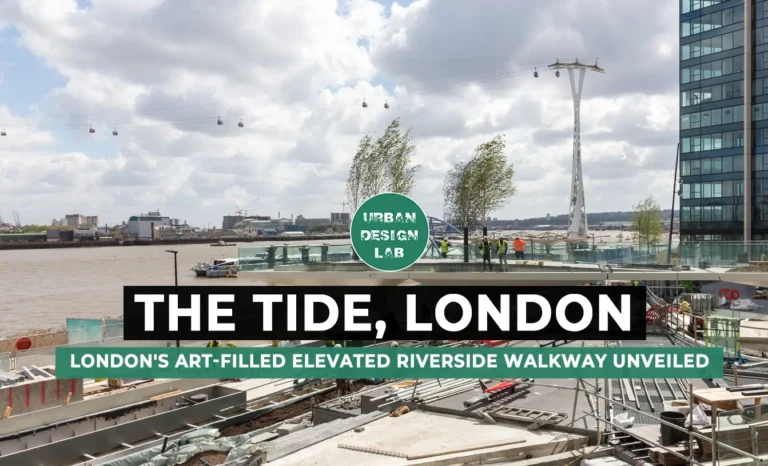
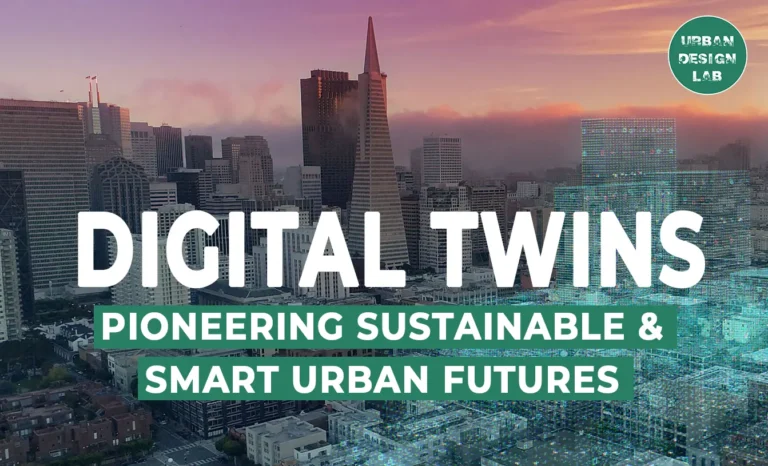
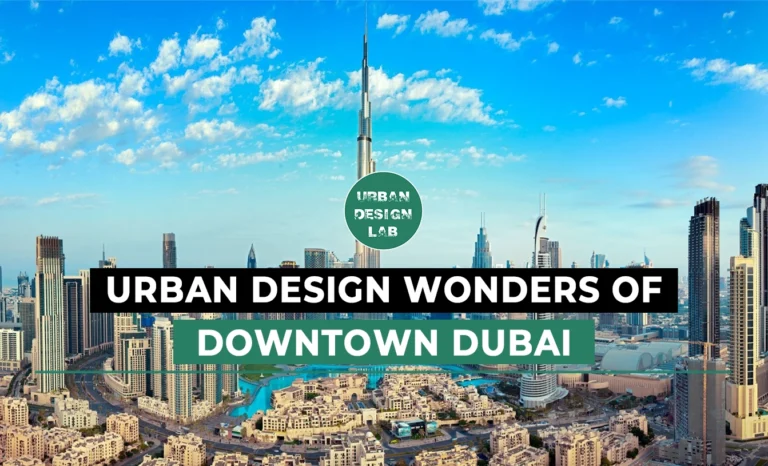
Urban Design Wonders of Downtown Dubai
UDL GIS
Masterclass
Gis Made Easy- Learn to Map, Analyse and Transform Urban Futures
Session Dates
15th-19th December 2025

Urban Design Lab
Be the part of our Network
Stay updated on workshops, design tools, and calls for collaboration
Curating the best graduate thesis project globally!

Free E-Book
From thesis to Portfolio
A Guide to Convert Academic Work into a Professional Portfolio”
Recent Posts
- Article Posted:
- Article Posted:
- Article Posted:
- Article Posted:
- Article Posted:
- Article Posted:
- Article Posted:
- Article Posted:
- Article Posted:
- Article Posted:
- Article Posted:
- Article Posted:
- Article Posted:
- Article Posted:
- Article Posted:
- Article Posted:
Sign up for our Newsletter
“Let’s explore the new avenues of Urban environment together “


























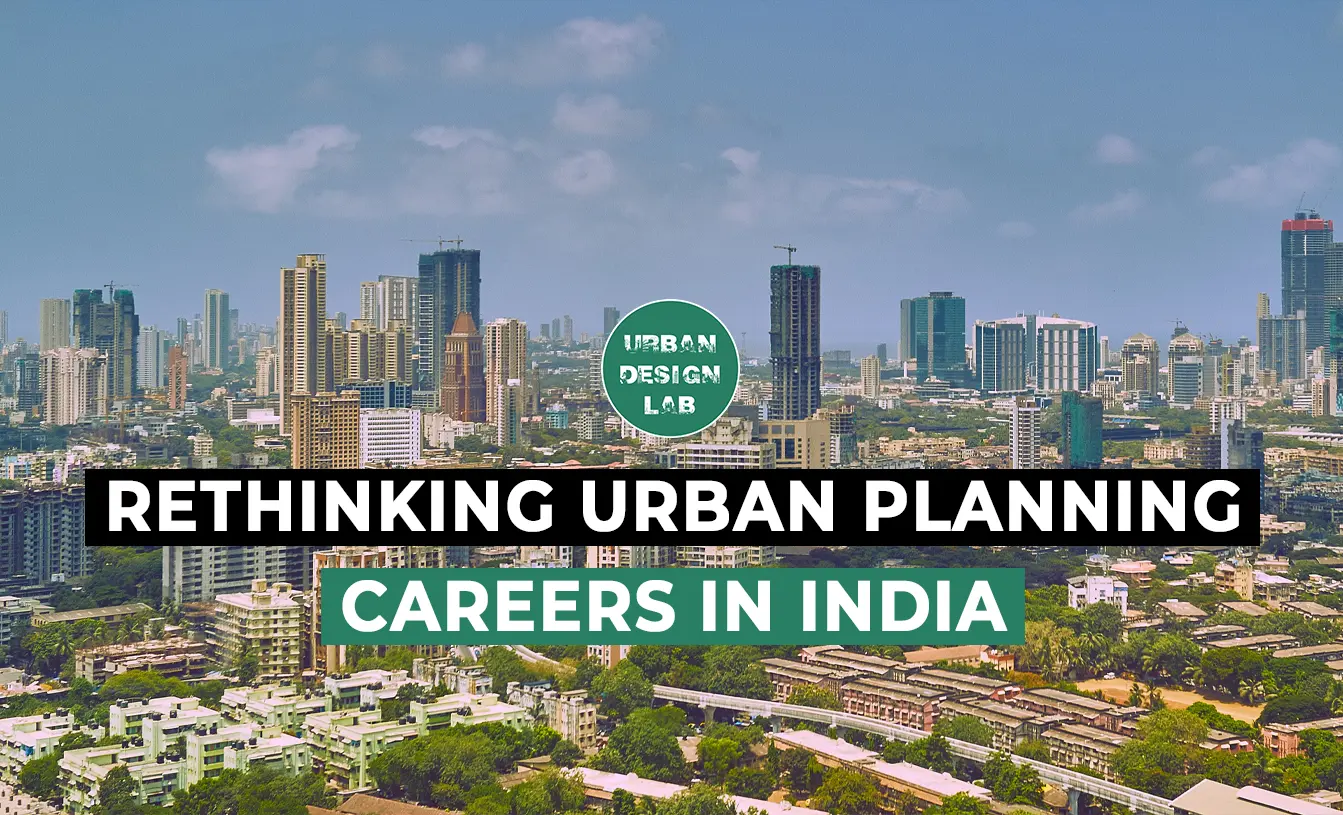
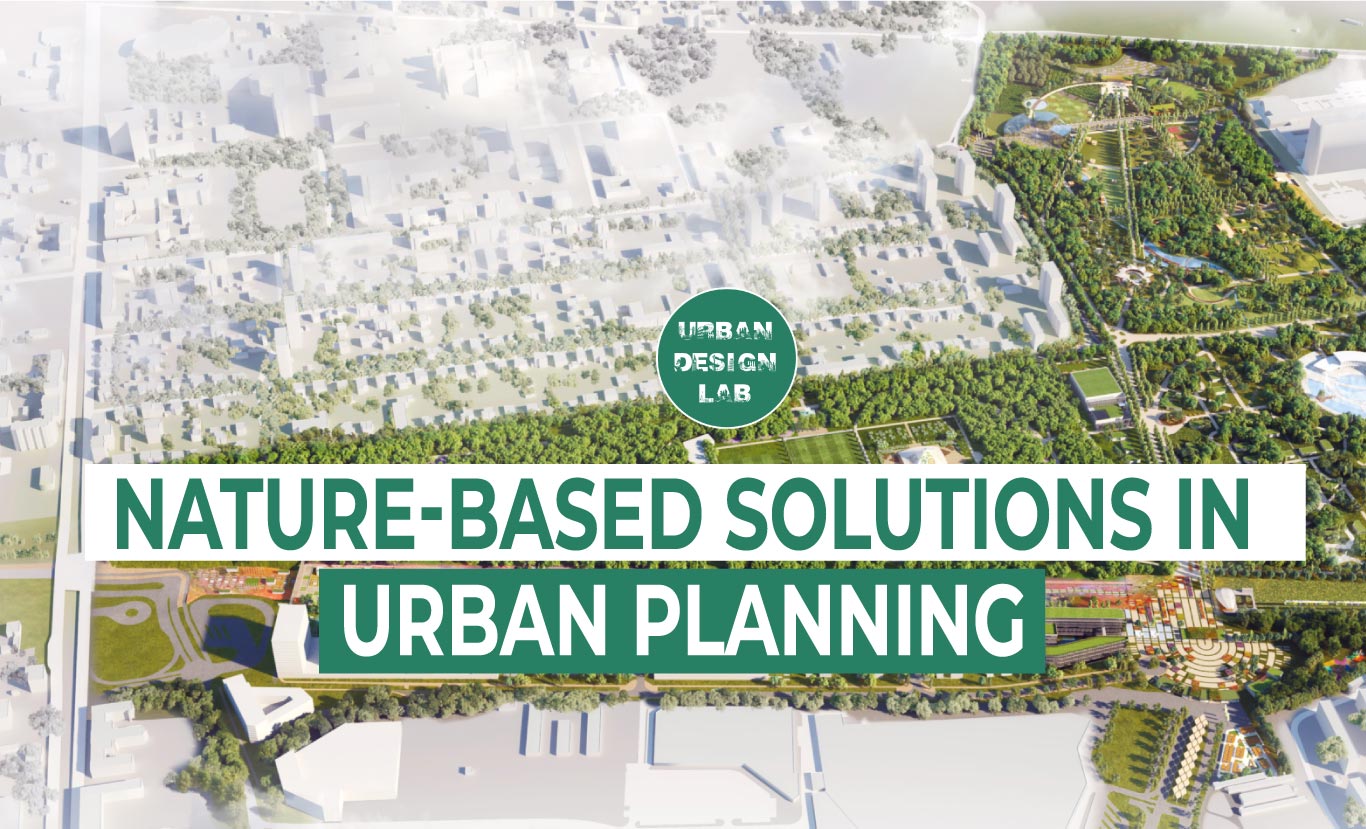
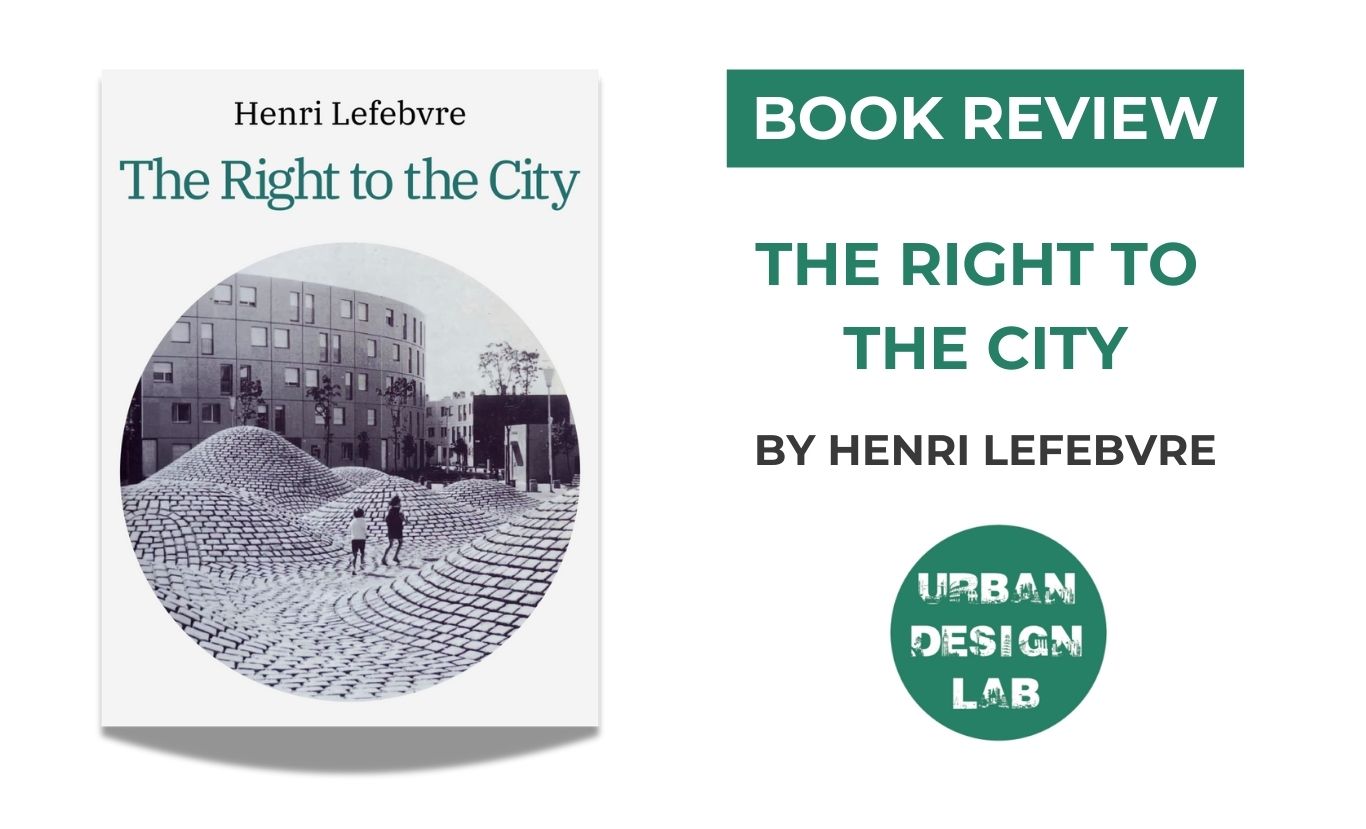
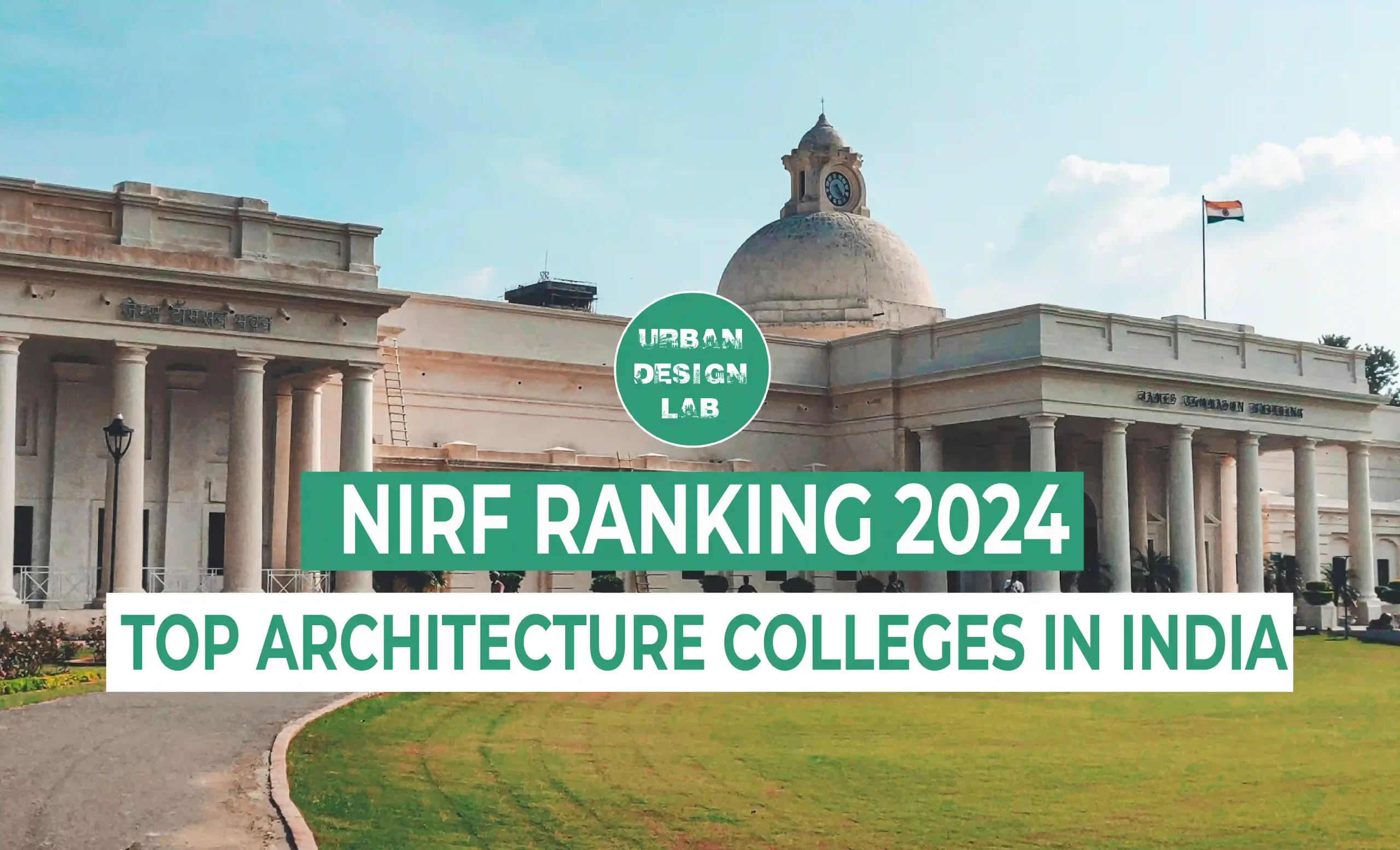
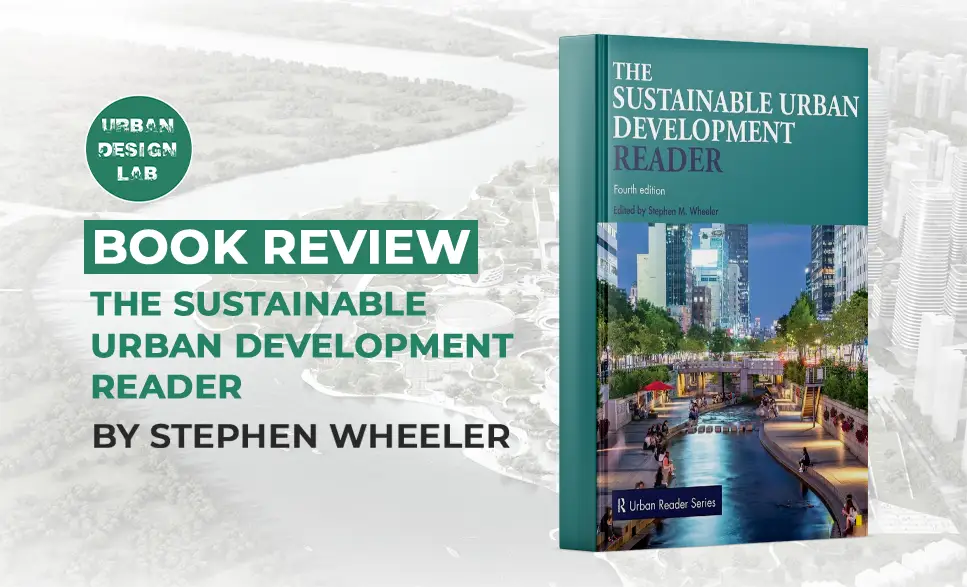
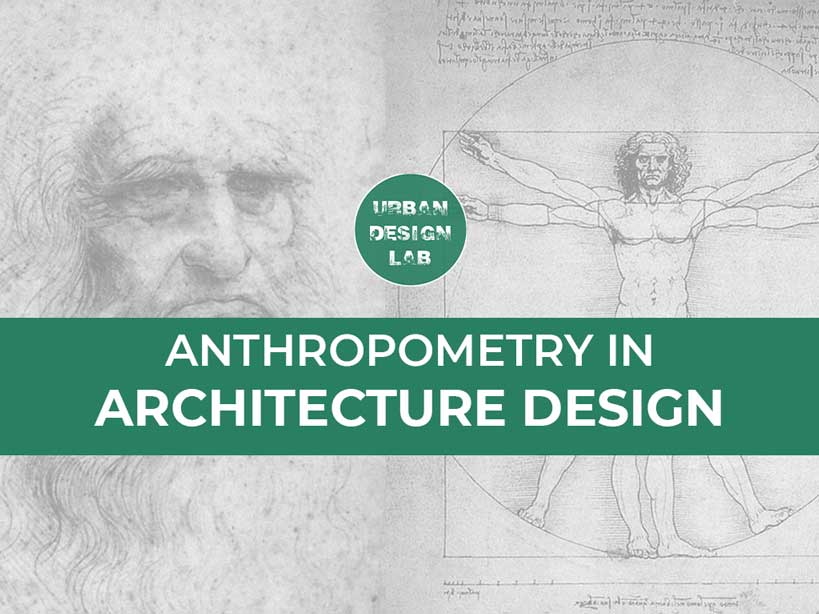

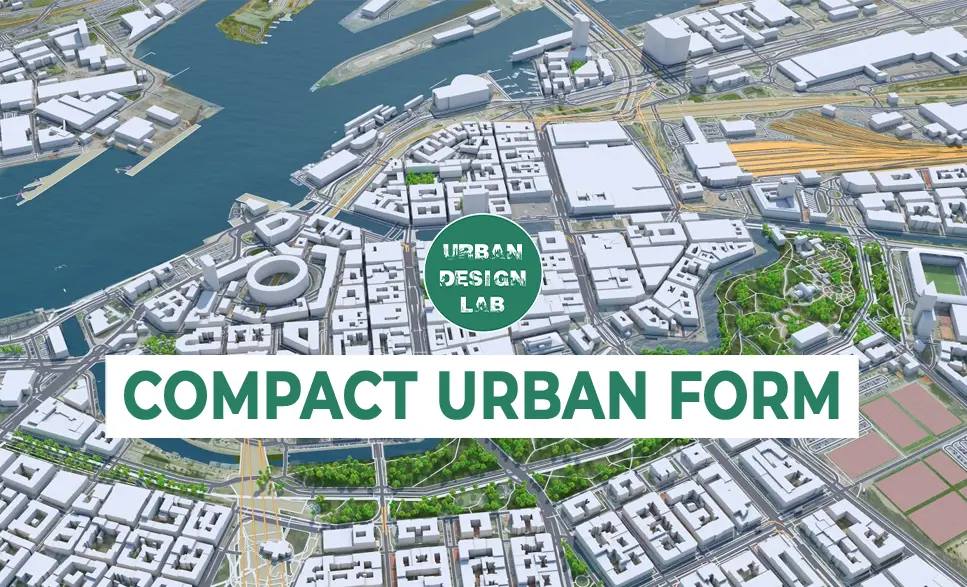
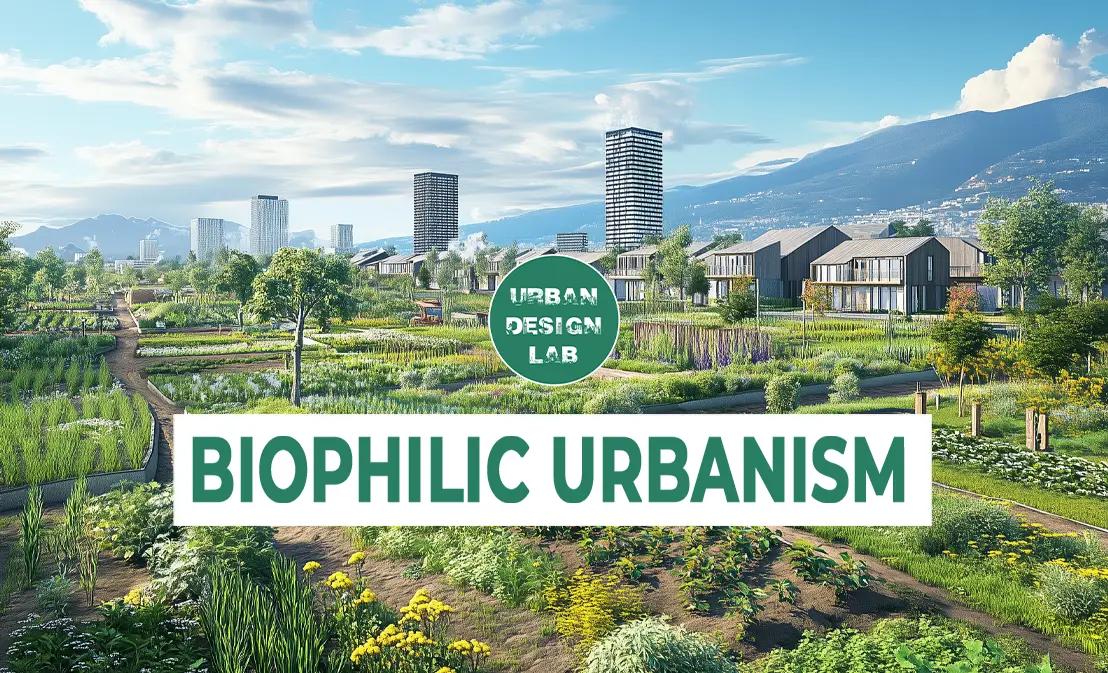
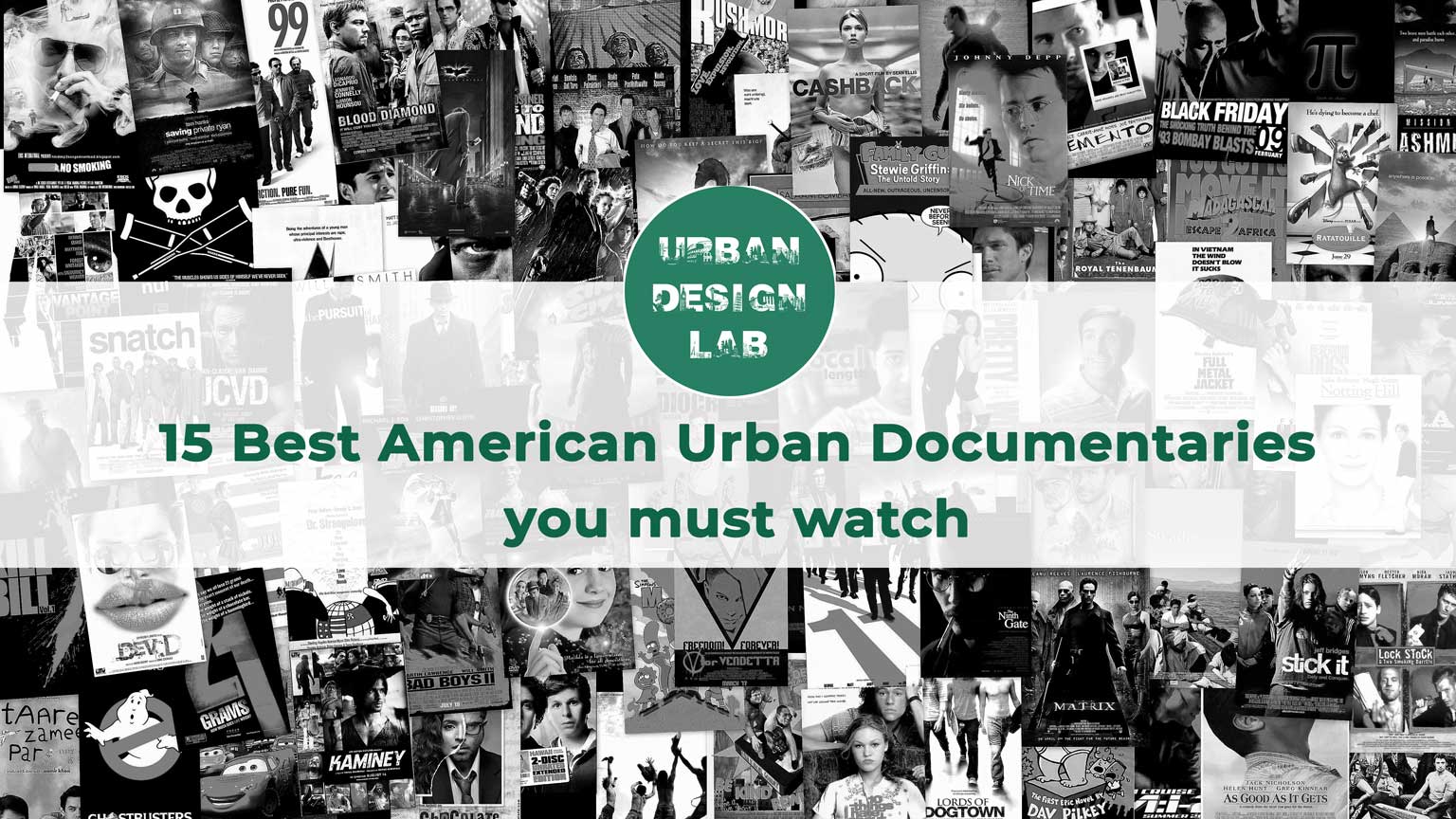
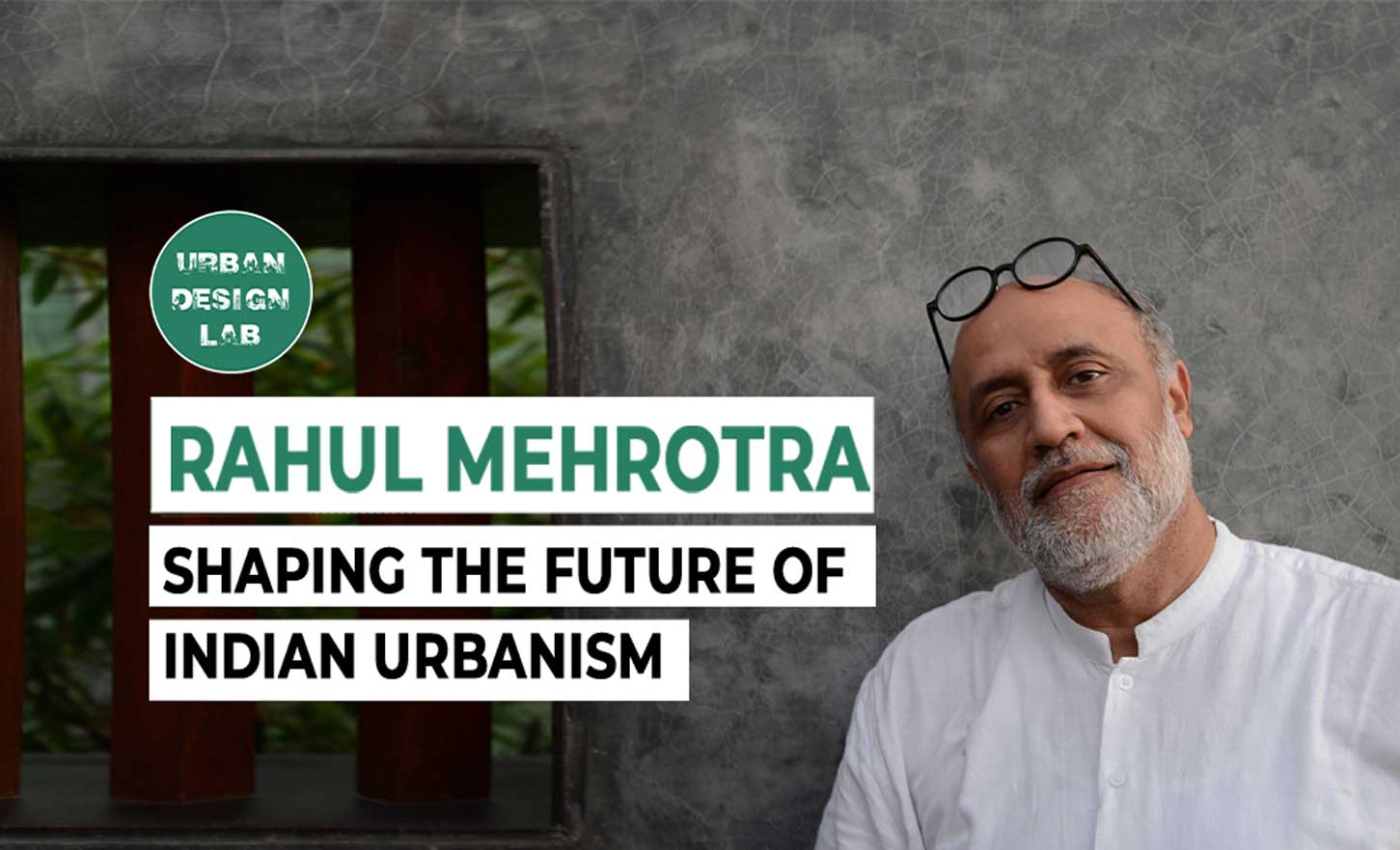
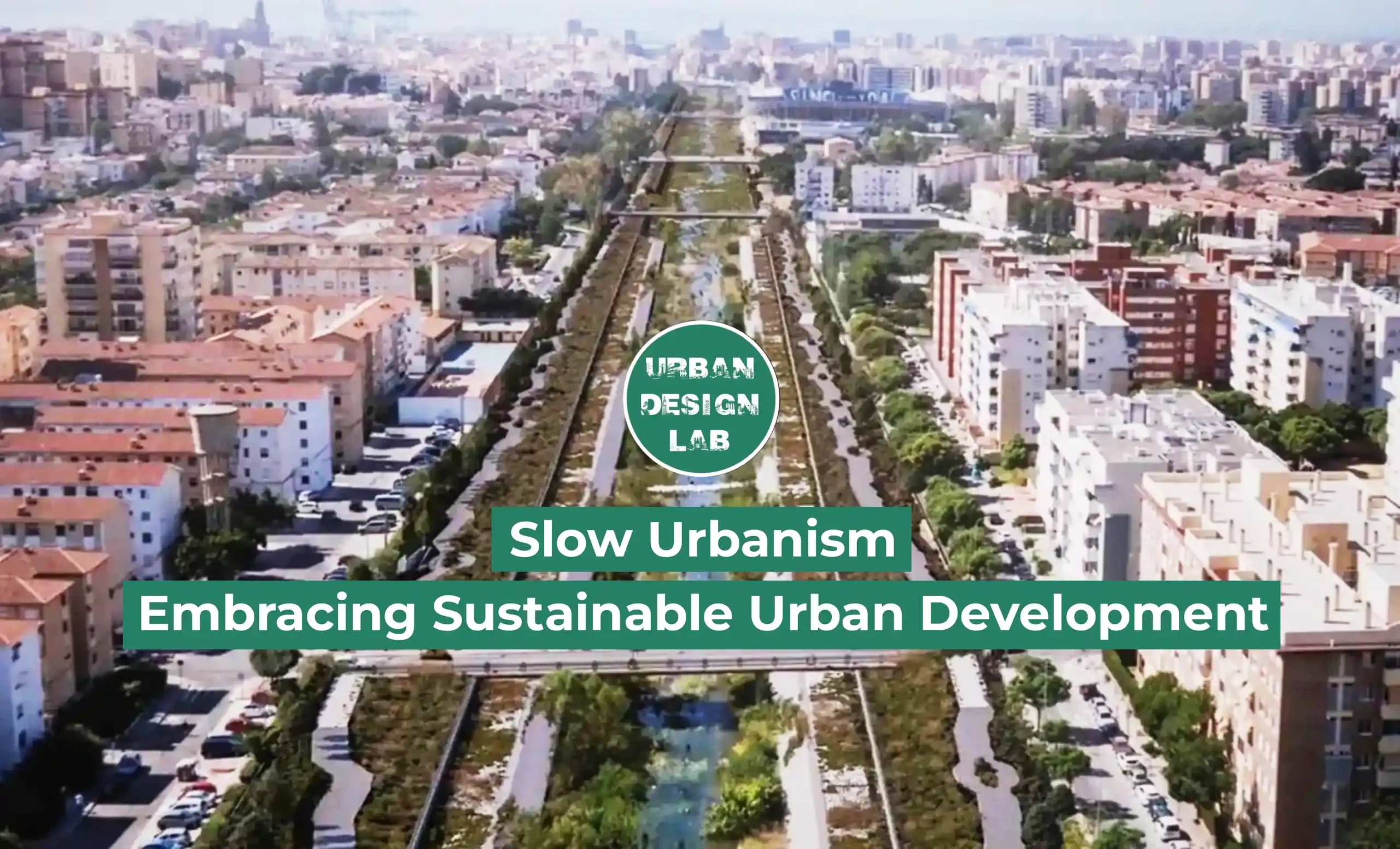


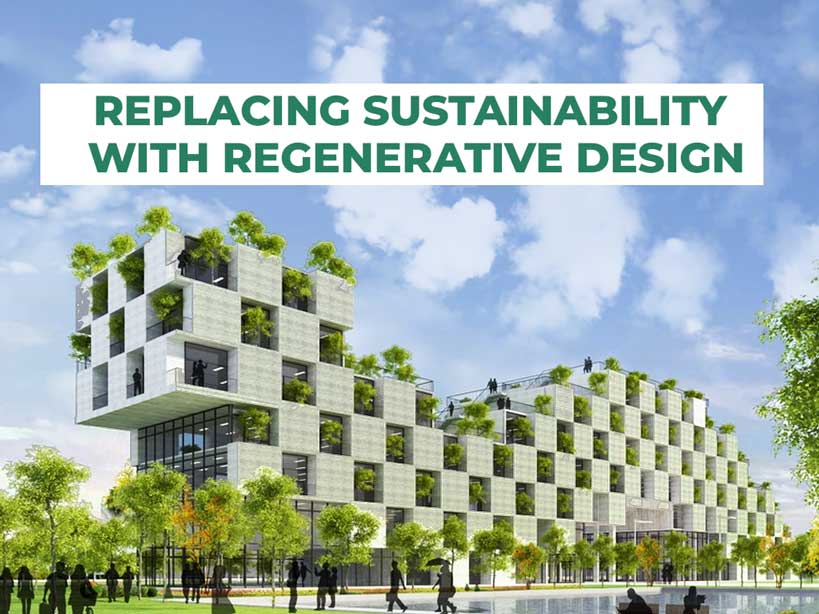
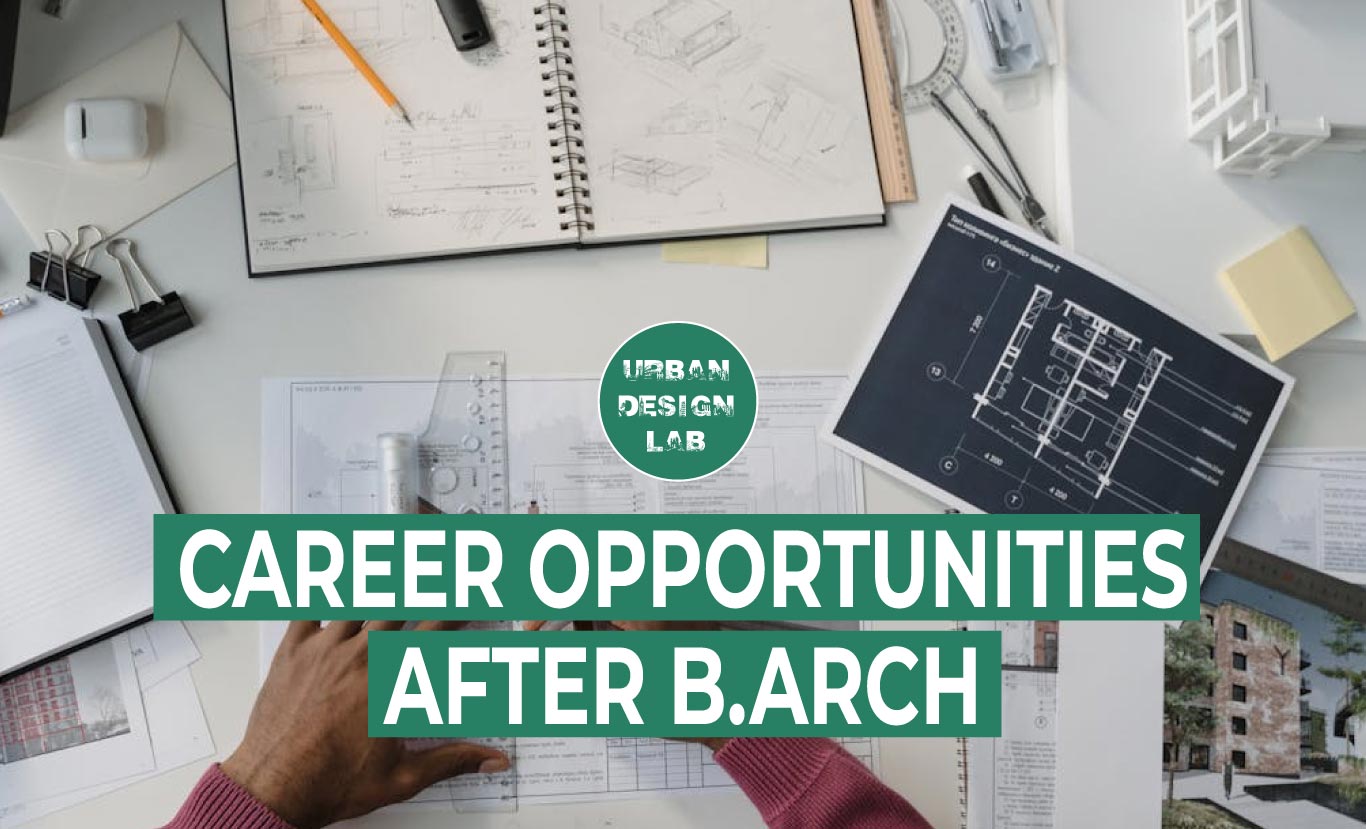


One Comment